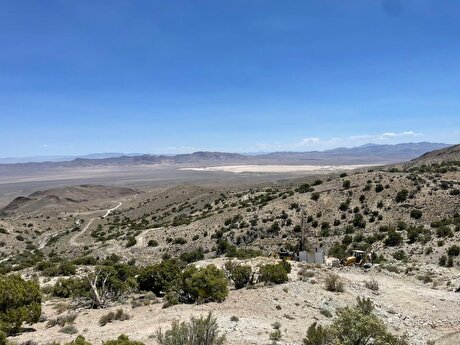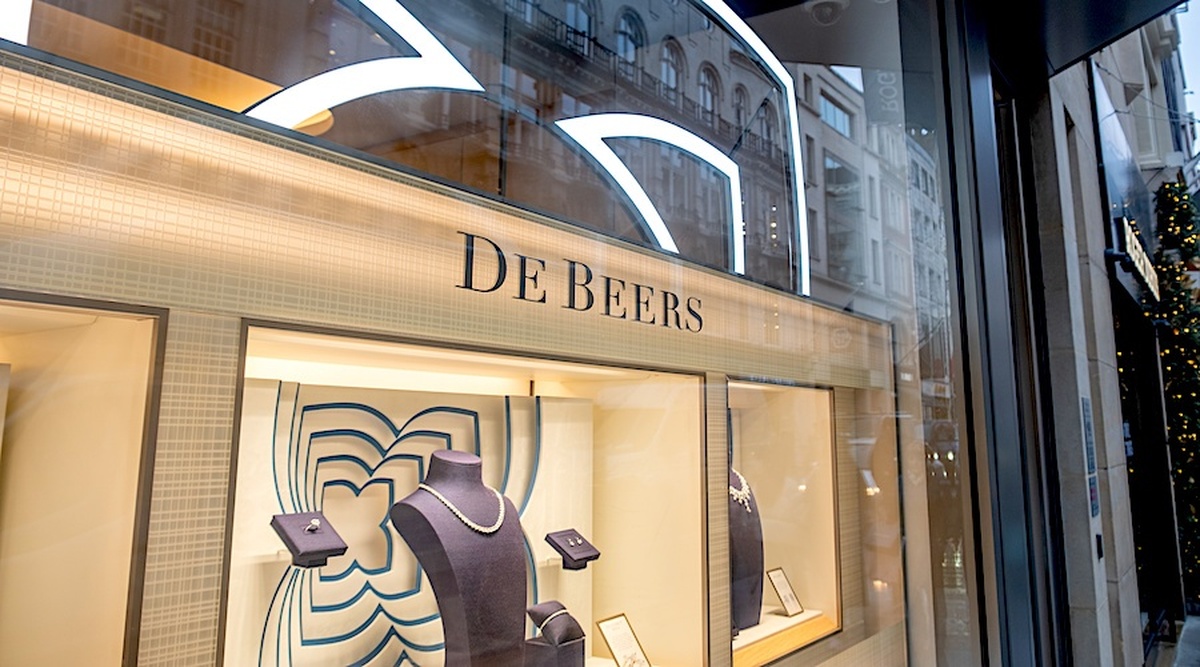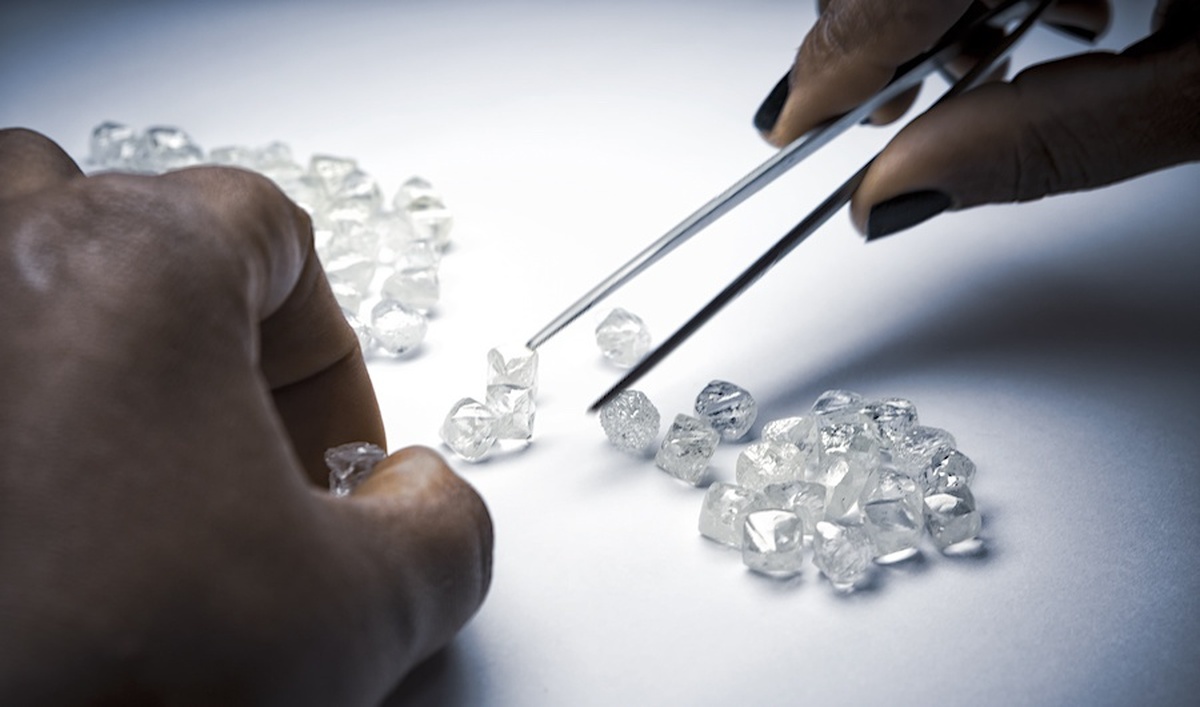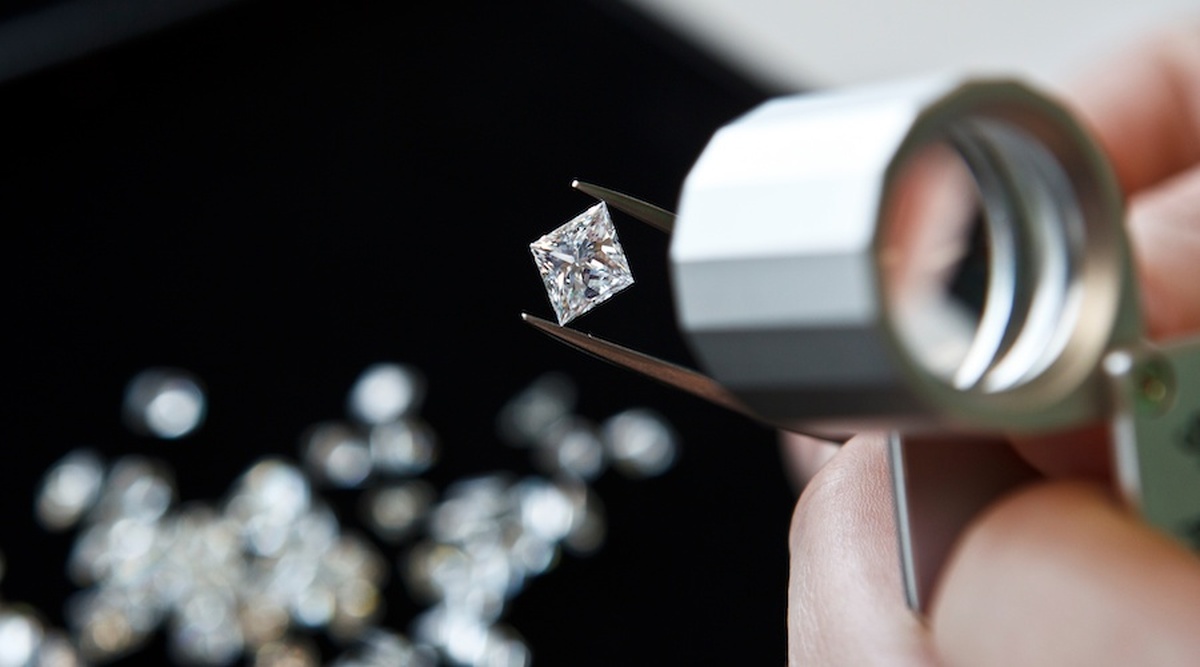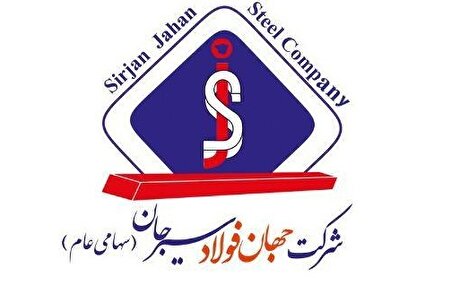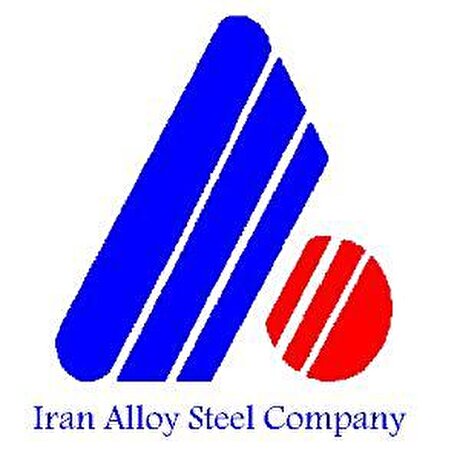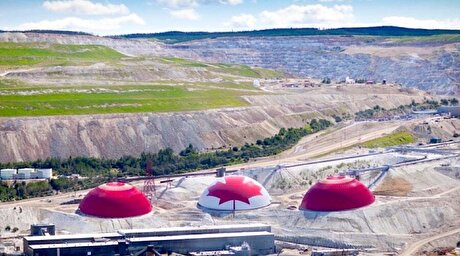
Firestone Diamonds halts Liqhobong mine expansion plans, limits losses
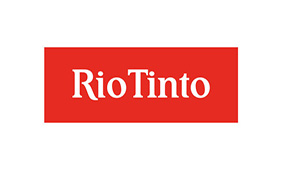
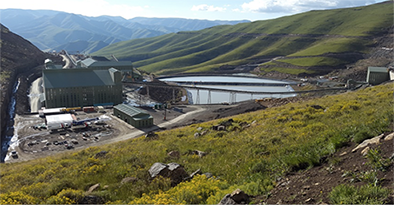
The company, which reported 2019 interim results on Thursday, managed to limit its losses in the six months to December 31, 2018, despite a global price slump for smaller, lower-value diamonds.
Firestone lost $6.6 million in the period, or 1.3c per share, compared to a loss of $7.8 million, or 2.2c per share, in the first half of the 2018 financial year.
Higher production and average grade per carat from Liqhobong — 465,680 compared to 379,716 carats in 2018 — help shore up finances, though prices for its low-end diamonds and a $2.2 million charge ultimately weighed on the bottom line.
Diamond miners are struggling across the board, especially those producing cheaper and smaller stones where there is too much supply. In December, some of Rio Tinto’s (LON, ASX: RIO) customers refused to buy cheaper diamonds, while De Beers has been forced to cut prices and offer concessions to buyers.
Firestone spent $185 million building Liqhobong, which started production in late 2016, and boasts over 11 million carats in reserve. The total open pit resource contains over 17 million carats to a depth of 393 metres.

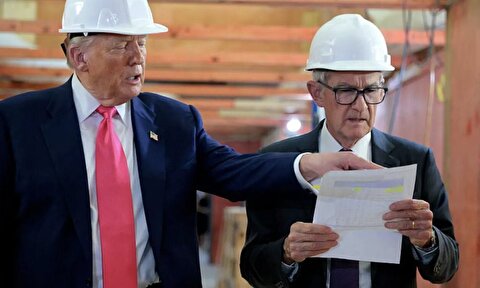
Gold price eases after Trump downplays clash with Fed chair Powell
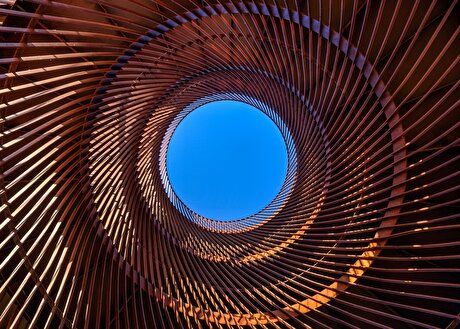
Copper price hits new record as tariff deadline looms
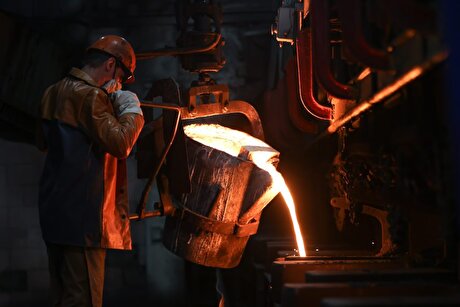
Brazil producers look to halt pig iron output as US tariff threat crimps demand
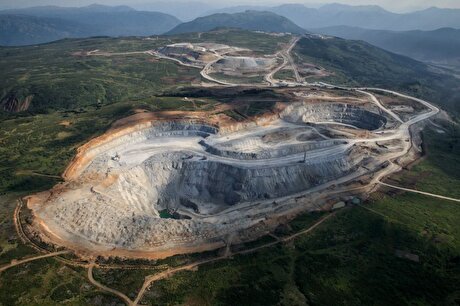
Three workers rescued after 60 hours trapped in Canada mine
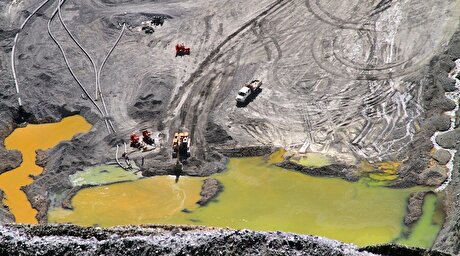
US targets mine waste to boost local critical minerals supply
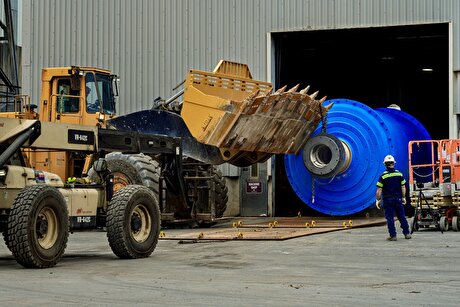
Titan Mining targets Q4 2025 to become only integrated US graphite producer
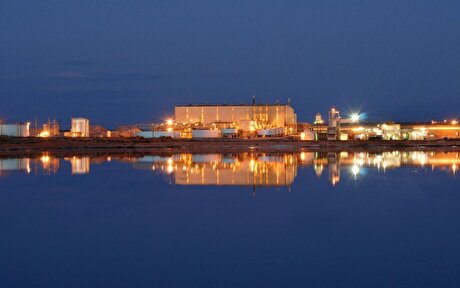
Energy Fuels surges to 3-year high as it begins heavy rare earth production
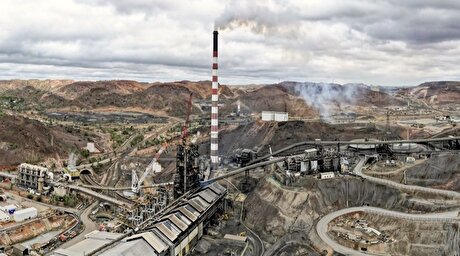
Glencore workers brace for layoffs on looming Mount Isa shutdown
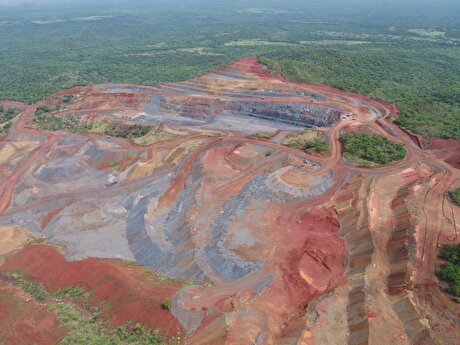
Resolute publishes initial resource for satellite deposit near Senegal mine
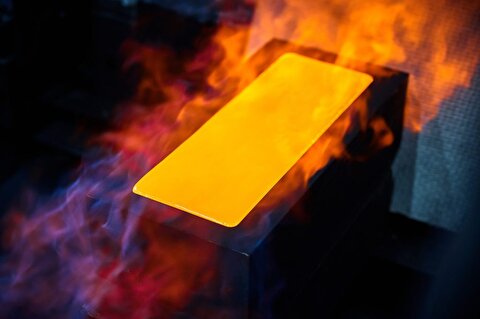
Gold price could hit $4,000 by year-end, says Fidelity
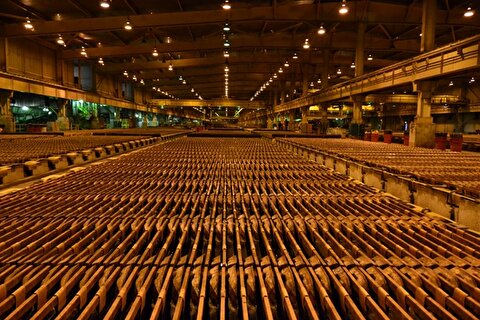
Southern Copper expects turmoil from US-China trade war to hit copper
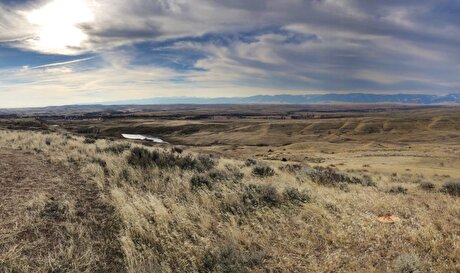
Ramaco Resources secures five year permit for Brook rare earth mine in Wyoming

Column: EU’s pledge for $250 billion of US energy imports is delusional

Finland reclaims mining crown as Canada loses ground

Gold price down 1% on strong US economic data
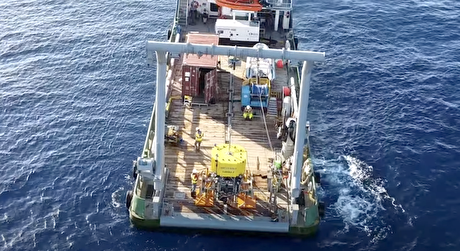
Trump’s deep-sea mining push defies treaties, stirs alarm
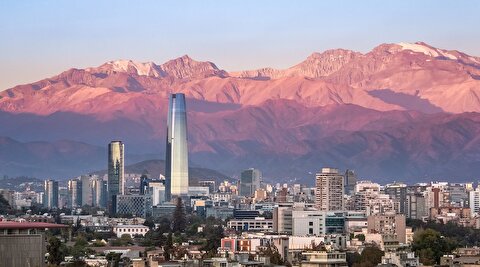
Chile’s 2025 vote puts mining sector’s future on the line

Gold price retreats to near 3-week low on US-EU trade deal
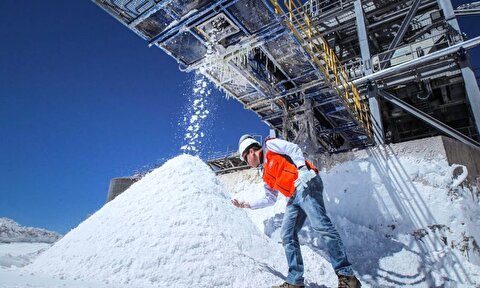
China’s lithium markets gripped by possible supply disruptions

Gold price could hit $4,000 by year-end, says Fidelity

Southern Copper expects turmoil from US-China trade war to hit copper

Ramaco Resources secures five year permit for Brook rare earth mine in Wyoming

Column: EU’s pledge for $250 billion of US energy imports is delusional

Gold price down 1% on strong US economic data

Trump’s deep-sea mining push defies treaties, stirs alarm

Chile’s 2025 vote puts mining sector’s future on the line

Gold price retreats to near 3-week low on US-EU trade deal

China’s lithium markets gripped by possible supply disruptions
